Home>Technology>Home Entertainment Systems>How To Choose A Projector Screen
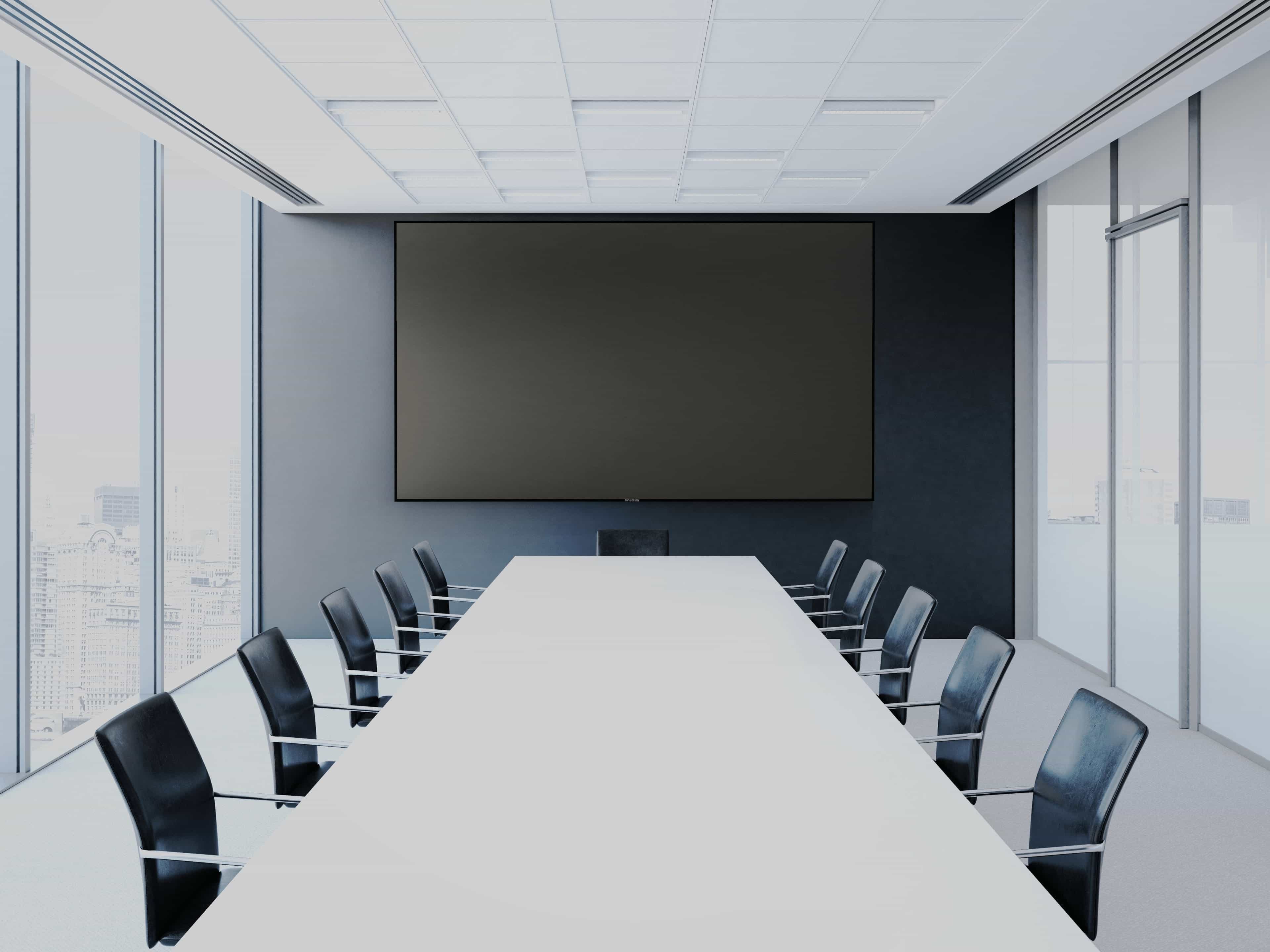

Home Entertainment Systems
How To Choose A Projector Screen
Modified: February 18, 2024
Looking for the perfect projector screen for your home entertainment system? Discover expert tips and advice on choosing the best option for your setup.
(Many of the links in this article redirect to a specific reviewed product. Your purchase of these products through affiliate links helps to generate commission for Storables.com, at no extra cost. Learn more)
Introduction
Choosing the perfect projector screen is a pivotal decision in creating an immersive home entertainment experience. With a myriad of options available, it’s essential to consider various factors to ensure that the screen complements your projector and the layout of your space. From room size to screen material, aspect ratio, gain, screen size, mounting options, and budget, each element plays a crucial role in delivering a captivating visual experience.
Let’s delve into the essential considerations for selecting the ideal projector screen that will elevate your home entertainment setup to new heights.
Key Takeaways:
- Choose the right projector screen size by considering room dimensions, viewing distance, and throw ratio for an immersive home entertainment experience.
- Consider screen material, aspect ratio, and gain to optimize visual performance based on ambient light, content type, and seating configuration.
Consider the Room Size
When choosing a projector screen, the dimensions of the room where it will be installed are a fundamental consideration. The screen size should be proportionate to the viewing distance and the available wall space. For smaller rooms, a large screen might overwhelm the space and lead to a less than optimal viewing experience. Conversely, a small screen in a spacious room might leave viewers straining to see the details.
Consider the viewing distance from the screen as well. If the seating area is relatively close to the screen, a larger screen may be suitable to fill the field of vision and create an immersive viewing experience. However, in a room with limited depth, a smaller screen might be more appropriate to ensure that viewers can comfortably take in the entire image without needing to turn their heads.
It’s also important to factor in the ceiling height and any obstructions such as light fixtures or ceiling fans. For rooms with low ceilings, a ceiling-mounted retractable screen could be an ideal space-saving solution. Additionally, if the room has irregular dimensions or architectural features, such as alcoves or angled walls, these elements should be taken into account when determining the most suitable screen size and mounting options.
Ultimately, the goal is to achieve a harmonious balance between the screen size and the room’s dimensions, ensuring that every viewer has an unobstructed view of the projected image, regardless of their seating position.
Screen Material
The material of the projector screen significantly influences the quality of the projected image. There are various screen materials available, each with its unique characteristics and intended applications.
One of the most common screen materials is matte white, which offers a wide viewing angle and color accuracy, making it suitable for general-purpose use. It diffuses light evenly across the entire surface, minimizing hotspots and ensuring that the image appears uniform from various viewing positions. This makes matte white screens an excellent choice for home theaters and living rooms where multiple viewers may be seated at different angles to the screen.
Alternatively, high-contrast gray screens are designed to enhance the perceived contrast and black levels of the projected image. These screens are particularly effective in environments with ambient light, as they can mitigate the effects of light pollution and enhance the overall image clarity and depth. High-contrast screens are ideal for rooms with minimal light control or for use in multi-purpose spaces where controlling ambient light may be challenging.
For environments where ambient light is a persistent issue, ambient light rejecting (ALR) screens are a compelling option. These screens are engineered to reflect the projector’s light while selectively absorbing ambient light, resulting in a vivid image with enhanced contrast even in brightly lit rooms. ALR screens are especially beneficial for living rooms or media rooms with large windows or abundant natural light, allowing viewers to enjoy a vibrant image without the need for complete light control.
Additionally, acoustic transparent screens are designed to allow sound to pass through the screen material unhindered, making them an excellent choice for home theater setups where the speakers are positioned behind the screen. This design ensures that the audio remains uncompromised while maintaining a seamless visual presentation.
When selecting a screen material, it’s crucial to consider the ambient light conditions, the projector’s brightness capabilities, and the desired viewing experience to determine the most suitable option that will optimize the visual performance in your specific environment.
Aspect Ratio
The aspect ratio of a projector screen refers to the proportional relationship between the width and height of the screen. Common aspect ratios for projector screens include 16:9, 16:10, and 2.35:1, each catering to different viewing preferences and content types.
The 16:9 aspect ratio is widely used for home theater setups and is the standard for high-definition television and most digital content. This format is well-suited for displaying a wide range of content, including movies, TV shows, and video games, providing a versatile viewing experience that accommodates various media sources.
For users who prioritize productivity and require a screen for both entertainment and professional applications, a 16:10 aspect ratio may be preferable. This format offers additional vertical screen real estate, making it conducive to tasks such as multitasking, document editing, and web browsing. It strikes a balance between cinematic content and productivity, making it an excellent choice for home offices or media rooms used for work and leisure.
Alternatively, the 2.35:1 aspect ratio, also known as CinemaScope or widescreen, is tailored for an immersive cinematic experience, particularly for movies filmed in anamorphic widescreen. This format provides a wider, more expansive canvas for displaying ultra-wide content, eliminating the need for letterboxing or pillarboxing and maximizing the utilization of the screen’s surface area.
When selecting the appropriate aspect ratio for a projector screen, it’s essential to align the choice with the primary content that will be viewed. Consider the types of media you anticipate enjoying, the compatibility with your projector’s native resolution, and how the aspect ratio will enhance the overall viewing experience. By matching the aspect ratio to your content preferences, you can ensure that the projected images are presented in their intended format, optimizing the visual impact and immersion.
Gain
The gain of a projector screen refers to its ability to reflect light in a specific direction, affecting the brightness and viewing angles of the projected image. Screens with higher gain values reflect more light in a concentrated manner, resulting in increased brightness, particularly when the viewer is positioned in front of the screen’s central axis. Conversely, screens with lower gain values disperse light more evenly, offering wider viewing angles but potentially sacrificing some brightness.
When choosing a screen gain, it’s essential to consider the ambient light conditions in the viewing environment. In spaces where light control is a challenge, such as living rooms with large windows or multi-purpose areas with ambient light sources, screens with higher gain values can help counteract the effects of light pollution and maintain a vibrant image. However, in dedicated home theater rooms with controlled lighting, screens with lower gain values may offer a more balanced and uniform image across a wider seating area.
It’s important to note that higher gain screens can exhibit hotspotting, where the center of the image appears brighter than the periphery, particularly when viewed off-center. This phenomenon can be mitigated by optimizing the projector’s placement and adjusting the viewing angles to ensure that the entire audience benefits from an evenly illuminated image.
Conversely, lower gain screens provide a broader viewing angle with more consistent brightness across the entire screen surface, making them suitable for rooms where viewers are seated at varying angles to the screen. This characteristic is particularly advantageous for accommodating multiple seating positions without sacrificing image quality.
Ultimately, the choice of screen gain should align with the specific requirements of the viewing environment, the projector’s brightness capabilities, and the intended seating configuration. By selecting a gain value that harmonizes with these factors, you can optimize the visual experience and ensure that the projected images are presented with the desired brightness and uniformity.
Consider the size and aspect ratio of your room when choosing a projector screen. A larger room may require a bigger screen, while a smaller room may benefit from a smaller, more compact screen.
Read more: How To Fix A Projector Screen
Screen Size
Choosing the right screen size for your projector setup is crucial in creating an immersive and visually captivating viewing experience. The optimal screen size is influenced by factors such as the viewing distance, the projector’s throw ratio, and the dimensions of the room.
When determining the ideal screen size, it’s essential to consider the viewing distance from the screen. The Society of Motion Picture and Television Engineers (SMPTE) recommends that the viewing angle should encompass approximately 30 degrees for an immersive cinematic experience. This guideline suggests that viewers should have a wide enough field of vision to encompass the entire screen without needing to move their heads excessively.
The projector’s throw ratio, which defines the relationship between the projector’s distance from the screen and the resulting image size, is instrumental in determining the appropriate screen dimensions. By understanding the throw ratio of your projector, you can calculate the distance required to achieve your desired screen size, ensuring that the projected image fills the screen optimally without appearing too small or oversized.
Consider the layout of the room and the available wall space when determining the maximum screen size that can be accommodated. It’s important to account for any obstacles or architectural features that may impact the placement and dimensions of the screen, ensuring that the chosen size harmonizes with the room’s layout and aesthetics.
For larger rooms or dedicated home theaters with ample viewing distance, a larger screen size can deliver a more immersive and cinematic experience, enveloping viewers in the projected images. Conversely, in smaller spaces or multi-purpose rooms where the viewing distance is limited, a more modest screen size may be preferable to maintain a balanced and comfortable viewing experience.
Ultimately, the goal is to strike a harmonious balance between the screen size, viewing distance, and room dimensions, ensuring that the projected images are presented with optimal clarity, impact, and immersion, enhancing the overall home entertainment experience.
Mounting Options
When selecting a projector screen, the available mounting options play a crucial role in determining the screen’s placement, accessibility, and overall integration into the home entertainment space. Various mounting methods offer flexibility and customization to suit the specific layout and design preferences of the room.
One of the most common mounting options is wall mounting, where the screen is securely affixed to the wall, either permanently or with a retractable mechanism. Wall-mounted screens provide a streamlined and fixed placement, ideal for dedicated home theaters or spaces where the screen can remain in a fixed position without obstructing other functions or decor elements.
Ceiling mounting offers an alternative approach, suspending the screen from the ceiling to create a seamless and unobtrusive presentation. Ceiling-mounted screens are particularly advantageous in rooms with limited wall space or irregular layouts, allowing the screen to be positioned optimally without encroaching on the available wall area. Additionally, ceiling mounting can facilitate the use of retractable screens, enabling the screen to be conveniently concealed when not in use, preserving the room’s aesthetic appeal.
For enhanced versatility, some projector screens are designed for floor-standing or tripod mounting, providing a portable and adaptable solution for spaces where permanent wall or ceiling mounting may not be feasible. Floor-standing screens offer the flexibility to be repositioned as needed, making them suitable for multi-purpose rooms, outdoor gatherings, or temporary setups where mobility and convenience are paramount.
In addition to traditional mounting options, motorized screens offer a sophisticated and automated solution, allowing the screen to be raised or lowered at the touch of a button. These motorized screens can be integrated with smart home systems, enabling seamless control and synchronization with other A/V components. This advanced mounting option is ideal for modern smart homes and luxury entertainment spaces, delivering a seamless and elegant presentation.
When considering mounting options, it’s essential to evaluate the room’s layout, the desired level of integration, and the practicality of each method in relation to the overall home entertainment setup. By selecting the most suitable mounting option, you can ensure that the projector screen seamlessly integrates into the space while enhancing the visual impact and functionality of the viewing experience.
Budget
When embarking on the journey to select a projector screen, establishing a clear budget is a critical initial step. The budget not only dictates the available options but also ensures that the chosen screen aligns with your financial considerations while delivering the desired visual performance.
Projector screens are available across a wide spectrum of price points, ranging from budget-friendly options to high-end, feature-rich models. It’s essential to weigh the cost against the expected benefits and long-term value to make an informed decision that aligns with your home entertainment goals.
Consider the specific requirements and priorities for your projector screen. If you prioritize exceptional image quality, advanced screen materials, and specialized features such as motorized operation or ambient light rejection, allocating a higher budget may be necessary to access these premium attributes.
Conversely, for users seeking a cost-effective solution without compromising on visual performance, there are budget-friendly projector screens that offer reliable image reproduction and essential features suitable for standard home entertainment setups. These options provide an accessible entry point into creating an immersive viewing experience without exceeding budget constraints.
It’s important to factor in any additional costs associated with installation, mounting hardware, and potential accessories such as screen masking systems or remote control options. By considering the complete cost of ownership, including both the screen and associated components, you can ensure that the overall investment remains within your predetermined budget.
Furthermore, exploring the warranty, after-sales support, and the reputation of the manufacturer or brand can provide valuable insights into the long-term value and reliability of the chosen projector screen. Investing in a reputable brand with a proven track record of quality and customer satisfaction can offer peace of mind and ensure a satisfying ownership experience.
By establishing a clear budget and aligning it with your specific requirements, preferences, and long-term expectations, you can navigate the diverse landscape of projector screens, making an informed decision that optimizes both visual performance and financial prudence.
Conclusion
Choosing the perfect projector screen is a multifaceted endeavor that demands thoughtful consideration of various factors to create an immersive and visually captivating home entertainment experience. By delving into the essential aspects of room size, screen material, aspect ratio, gain, screen size, mounting options, and budget, you can navigate the selection process with confidence, ensuring that the chosen screen harmonizes with your unique requirements and preferences.
Consider the dimensions of the room where the screen will be installed, accounting for the viewing distance, ceiling height, and any architectural features that may influence the screen size and placement. Selecting the appropriate screen material is pivotal in optimizing the visual performance, catering to ambient light conditions, color accuracy, and acoustic considerations to deliver a compelling viewing experience.
Align the aspect ratio with the primary content that will be enjoyed, ensuring that the chosen format complements your media sources and enhances the overall immersion. Evaluate the screen gain in relation to the ambient light conditions and seating configuration, balancing brightness and viewing angles to achieve an optimal visual presentation.
When determining the screen size, factor in the viewing distance, projector’s throw ratio, and room dimensions to create a harmonious and engaging viewing experience. Explore the diverse mounting options available, selecting the method that seamlessly integrates the screen into the space while accommodating your practical and aesthetic preferences.
Establishing a clear budget sets the foundation for informed decision-making, enabling you to explore a spectrum of options that align with your financial considerations and long-term value expectations. By weighing the cost against the anticipated benefits and features, you can select a projector screen that delivers an exceptional visual experience while remaining within your predetermined budget.
Ultimately, the process of choosing a projector screen is an opportunity to tailor your home entertainment space to your unique preferences, creating a captivating and immersive environment that enriches your viewing experiences. By carefully evaluating each consideration and aligning them with your specific requirements, you can select a projector screen that elevates your home entertainment to new heights, ensuring that every viewing session is a captivating and visually rewarding journey.
Frequently Asked Questions about How To Choose A Projector Screen
Was this page helpful?
At Storables.com, we guarantee accurate and reliable information. Our content, validated by Expert Board Contributors, is crafted following stringent Editorial Policies. We're committed to providing you with well-researched, expert-backed insights for all your informational needs.
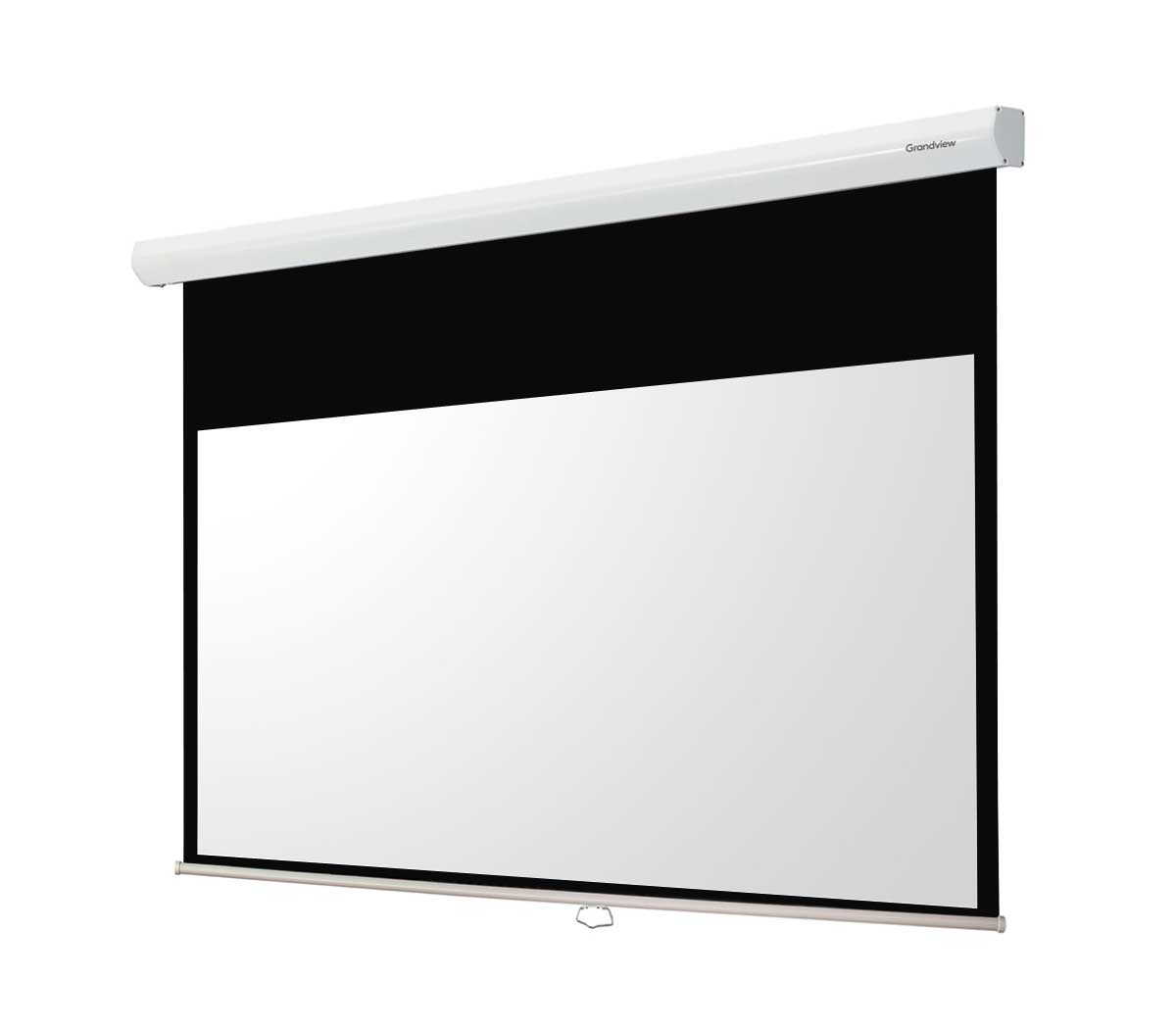
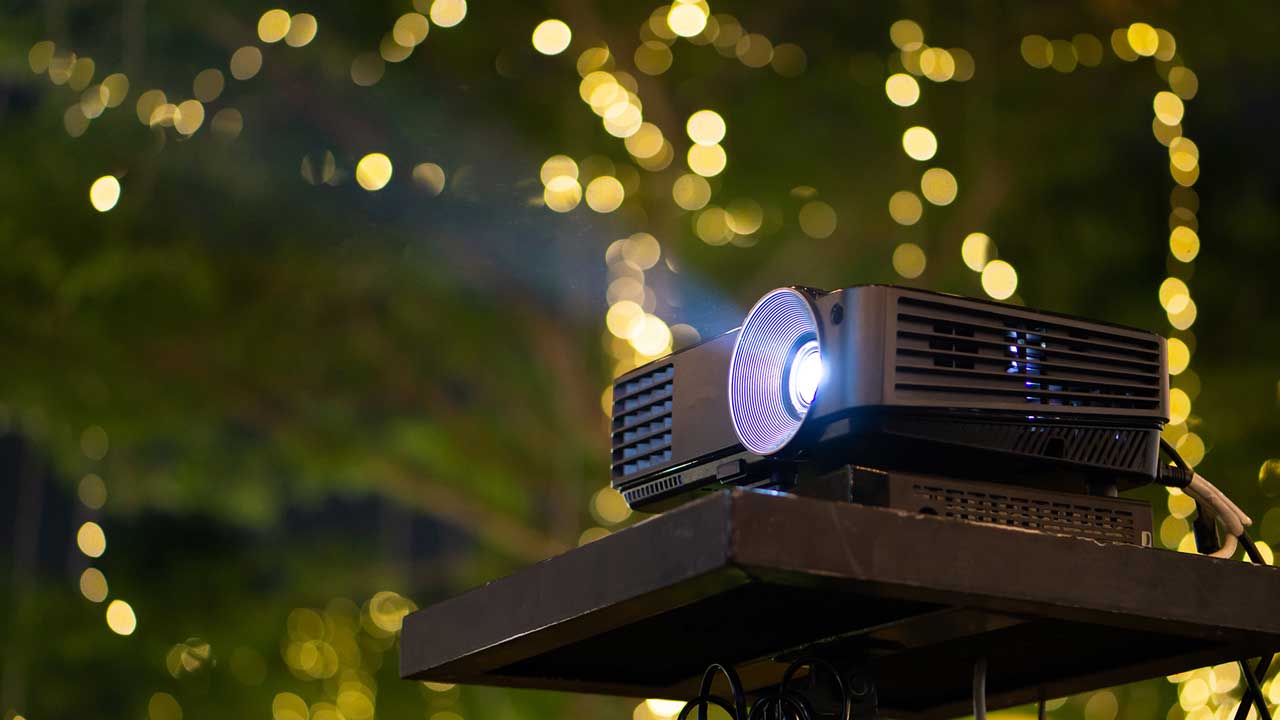
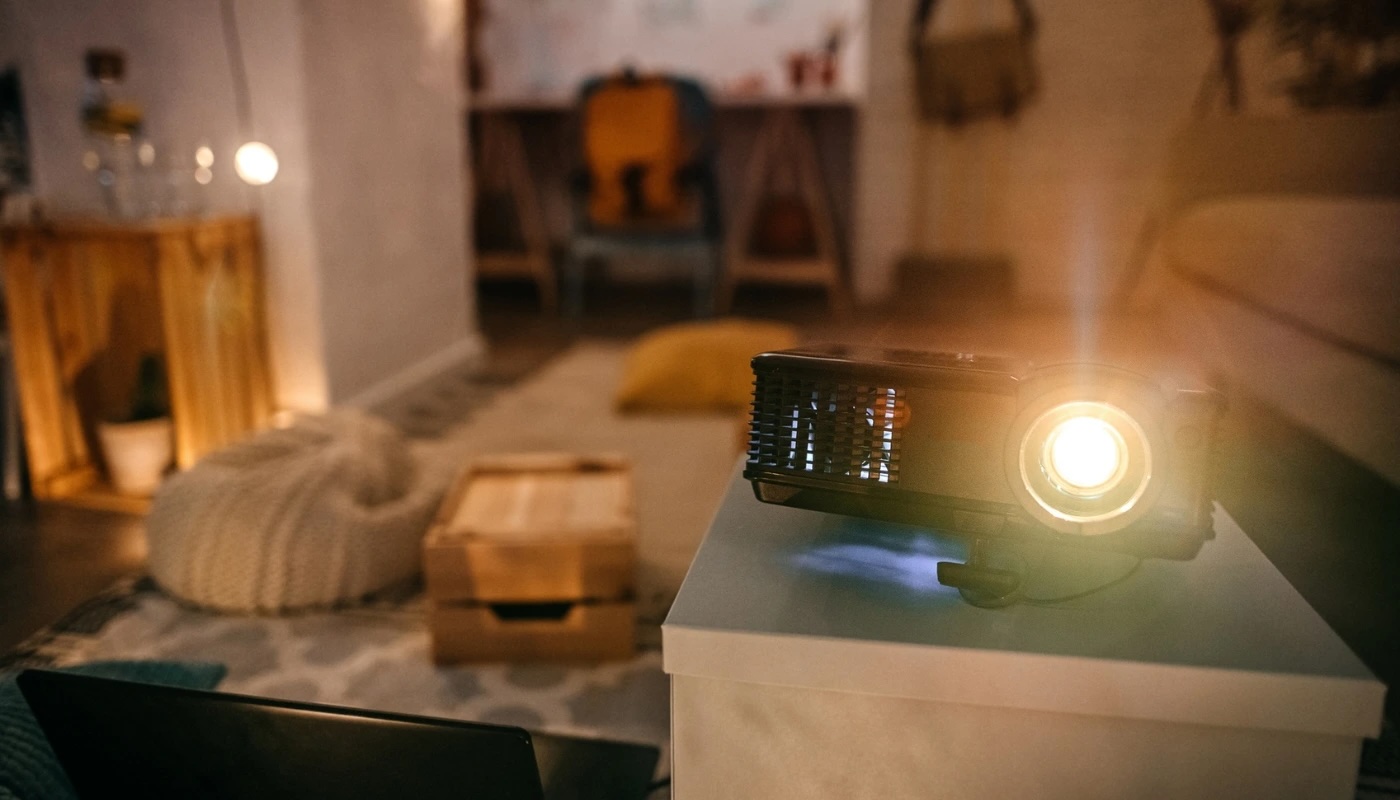
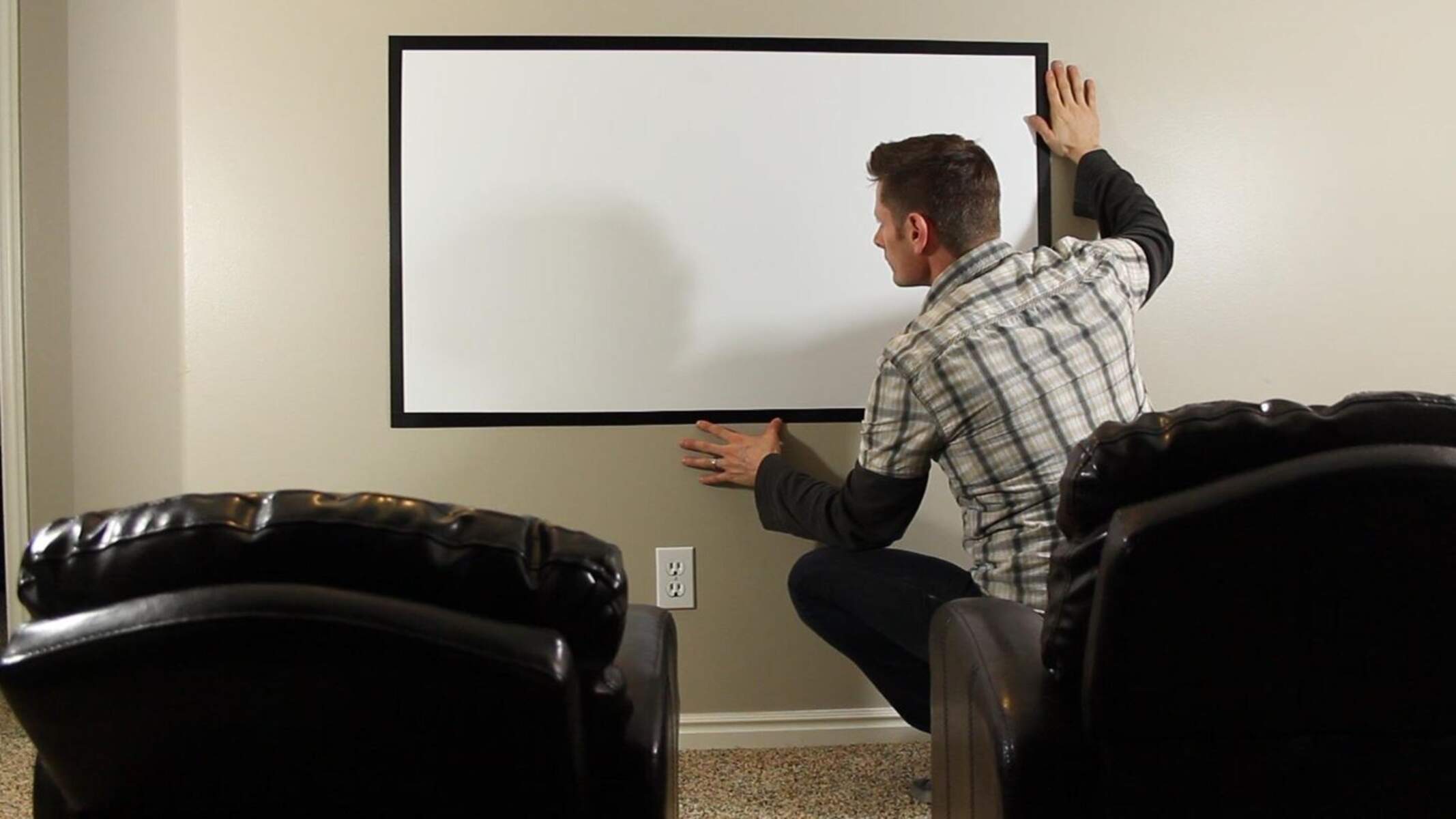
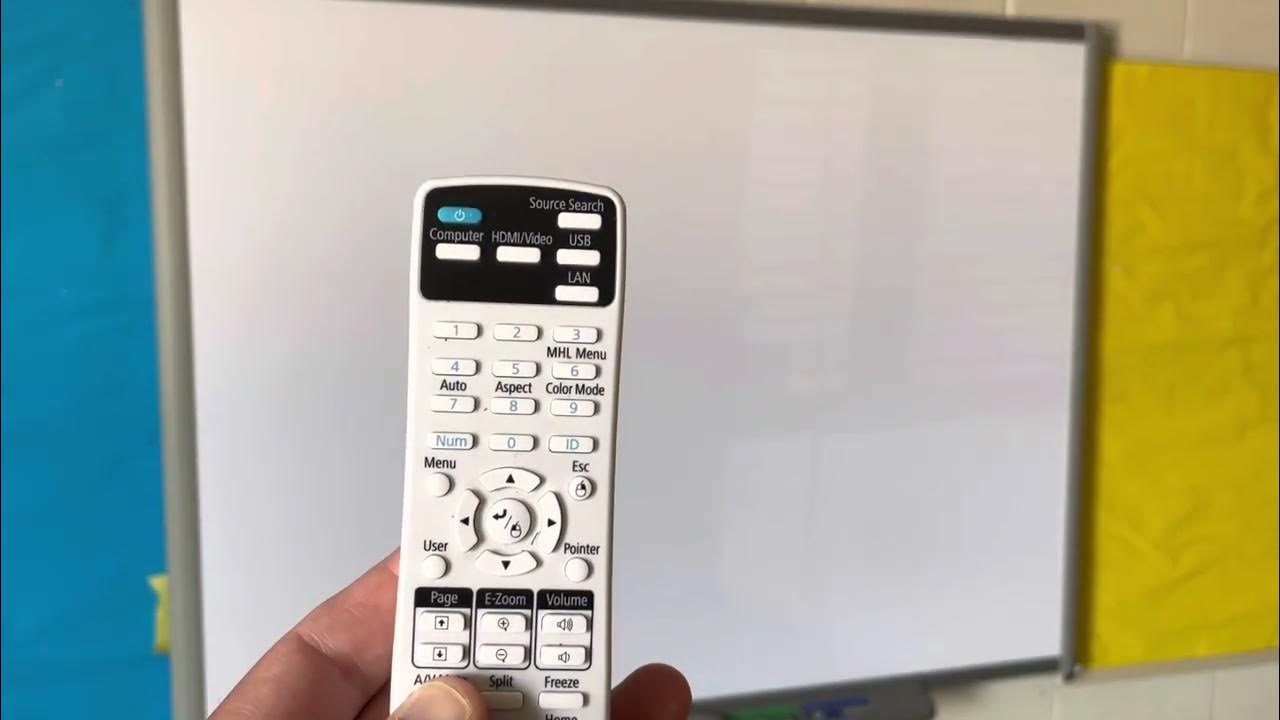
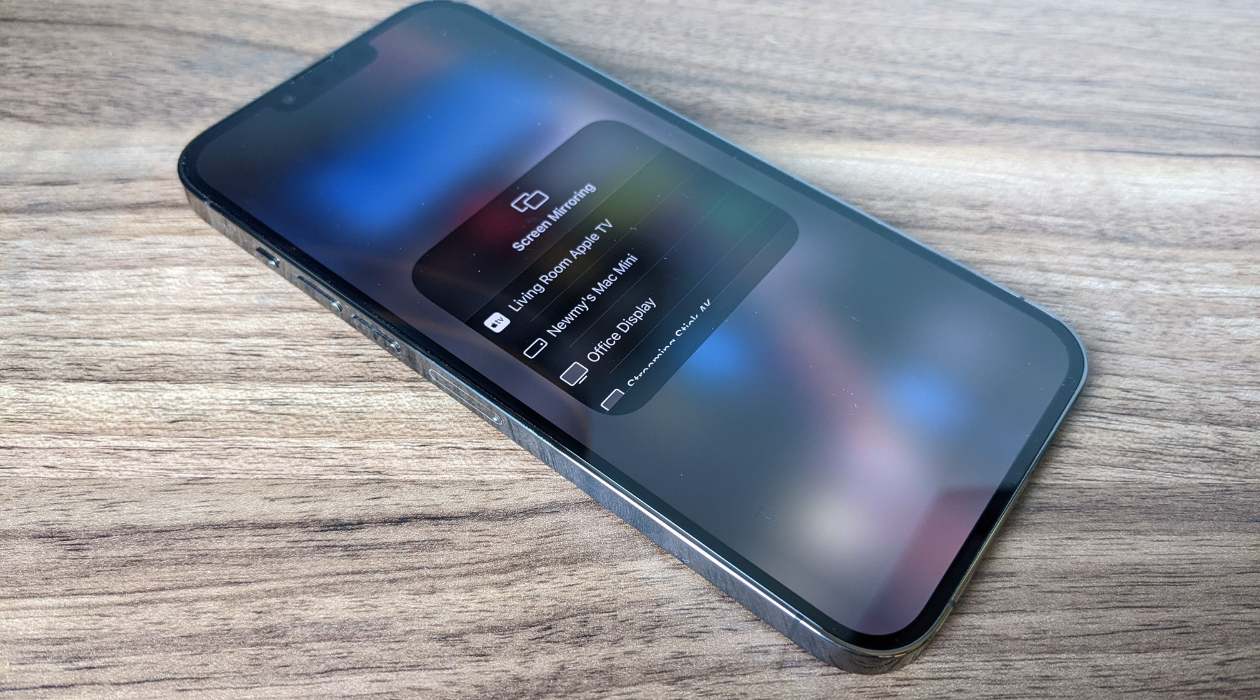
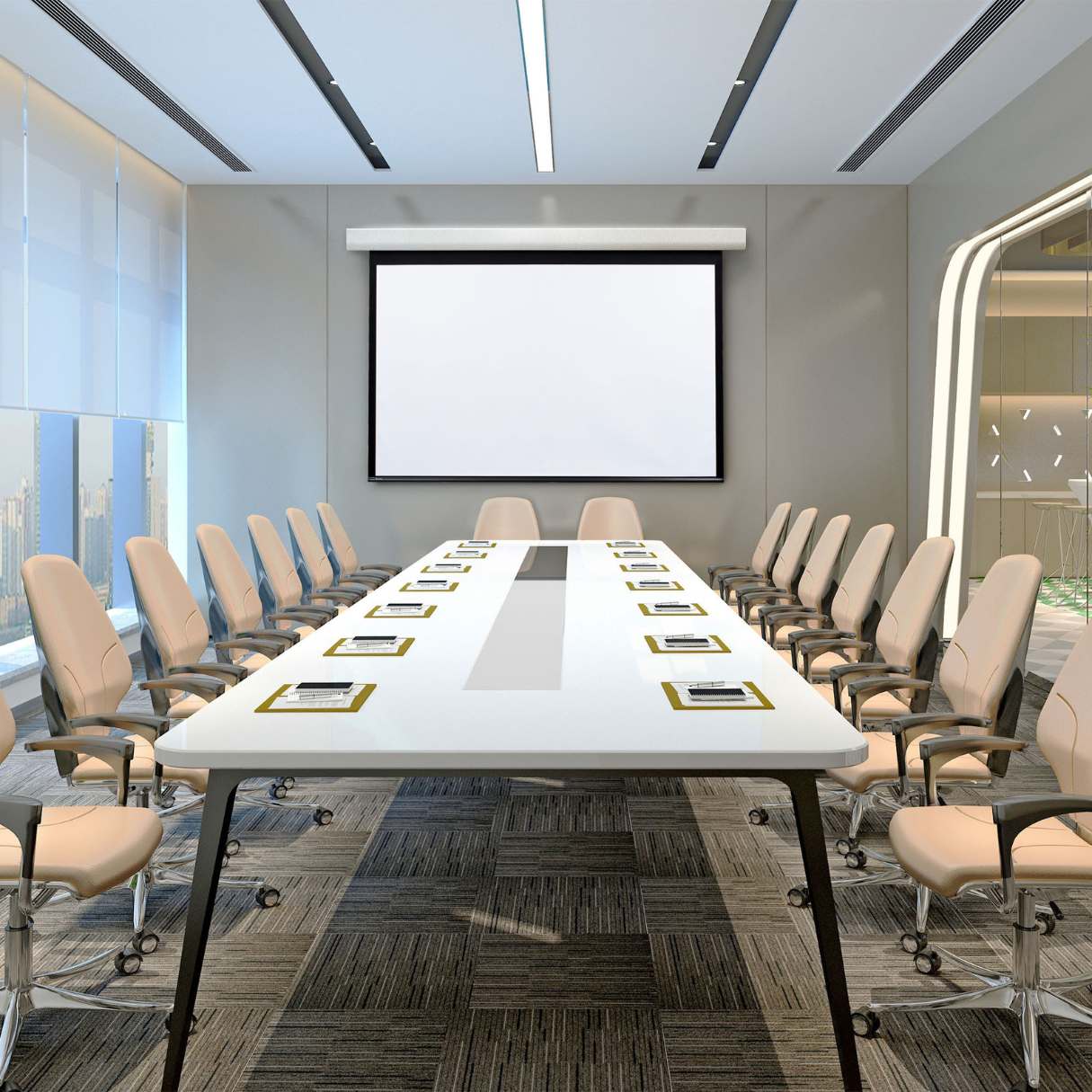
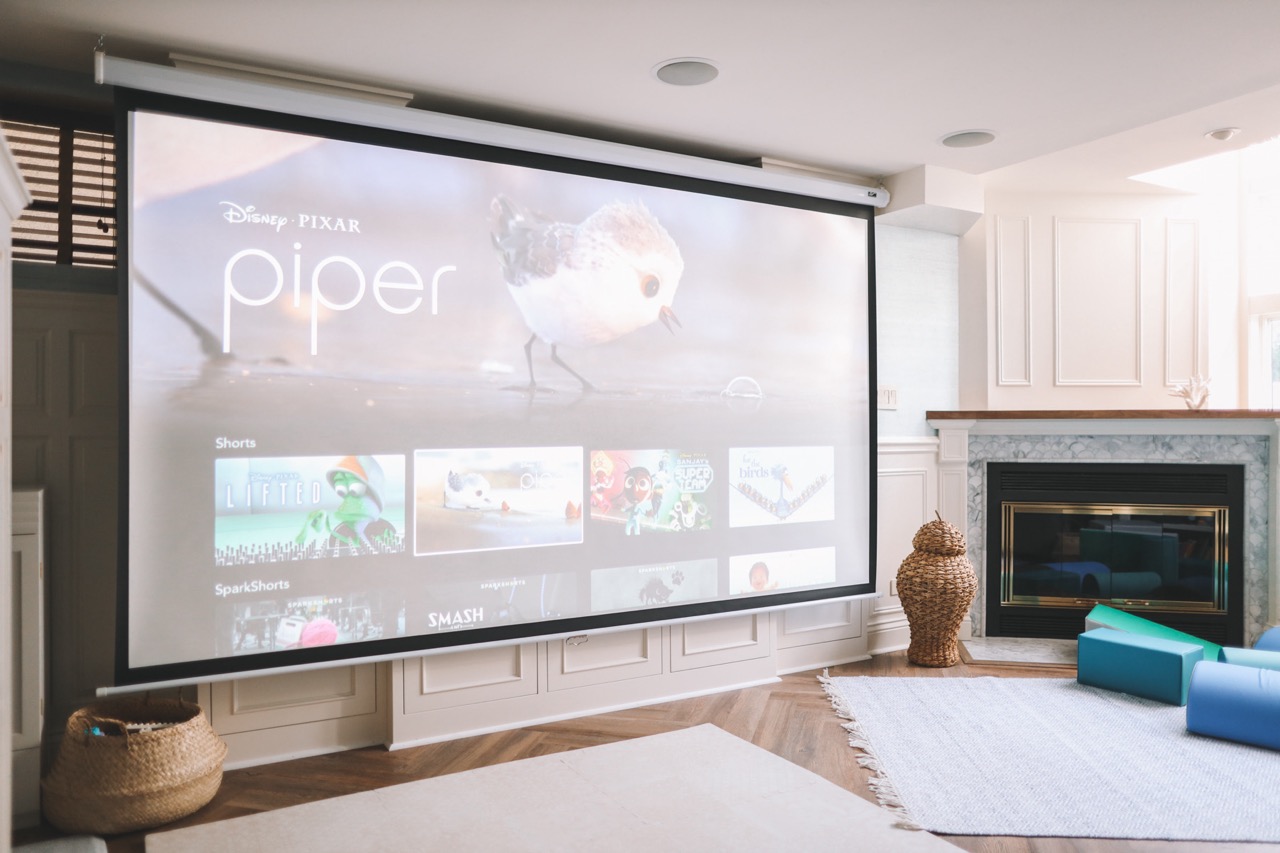

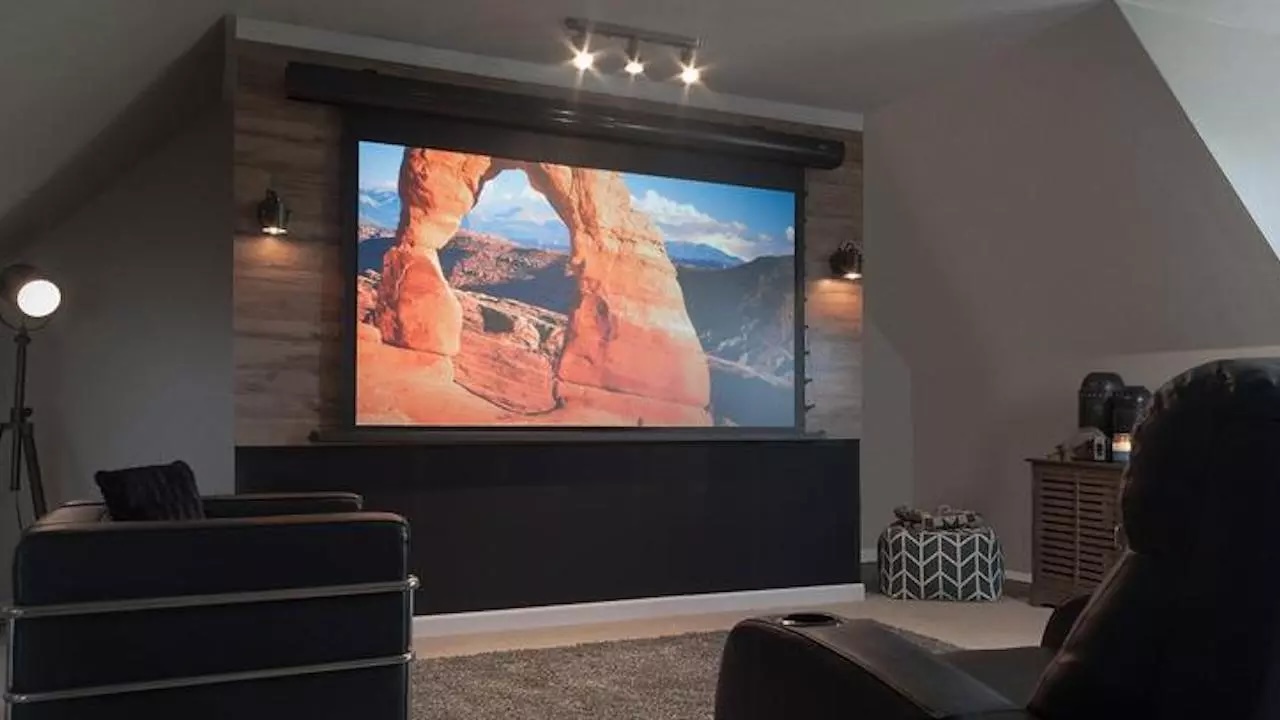
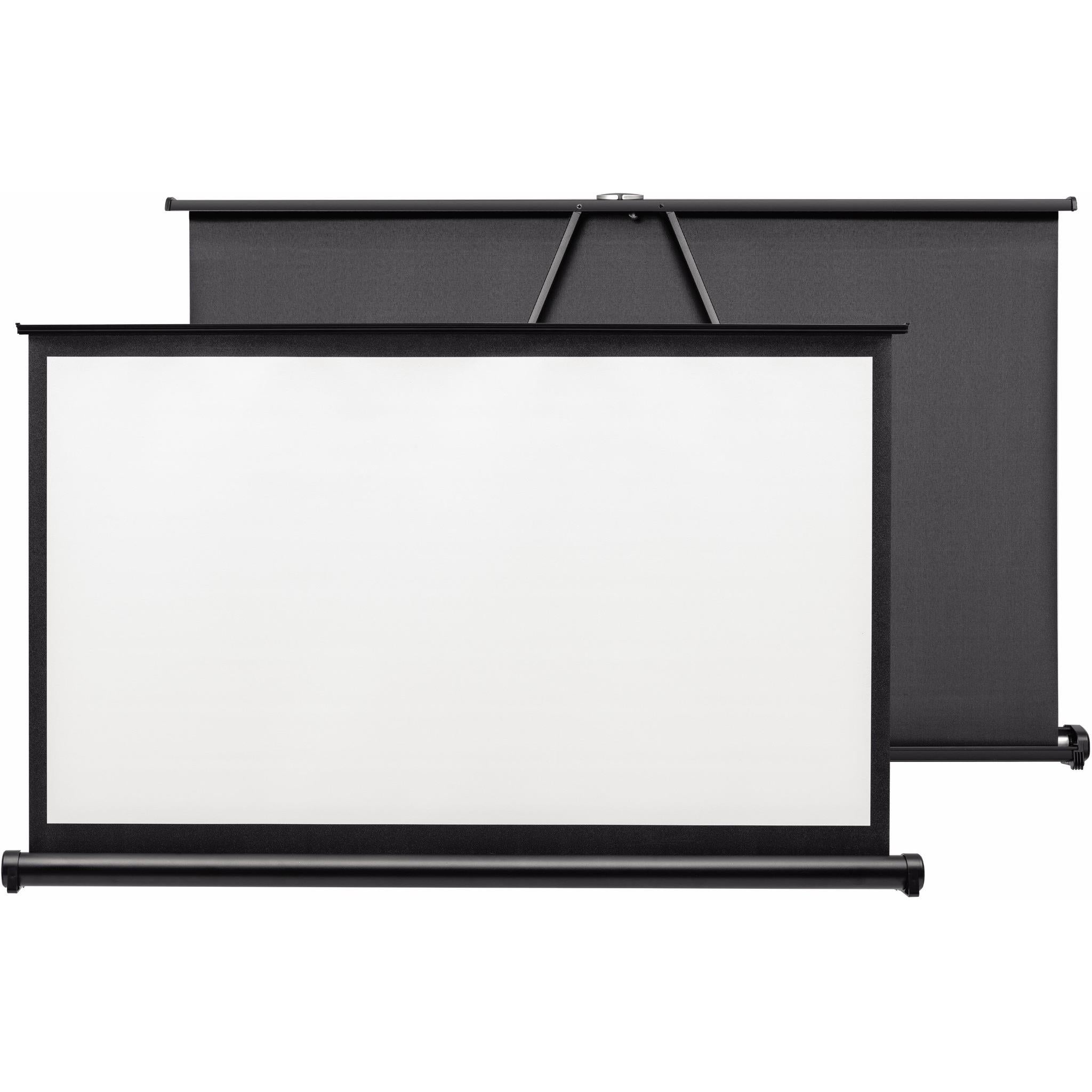

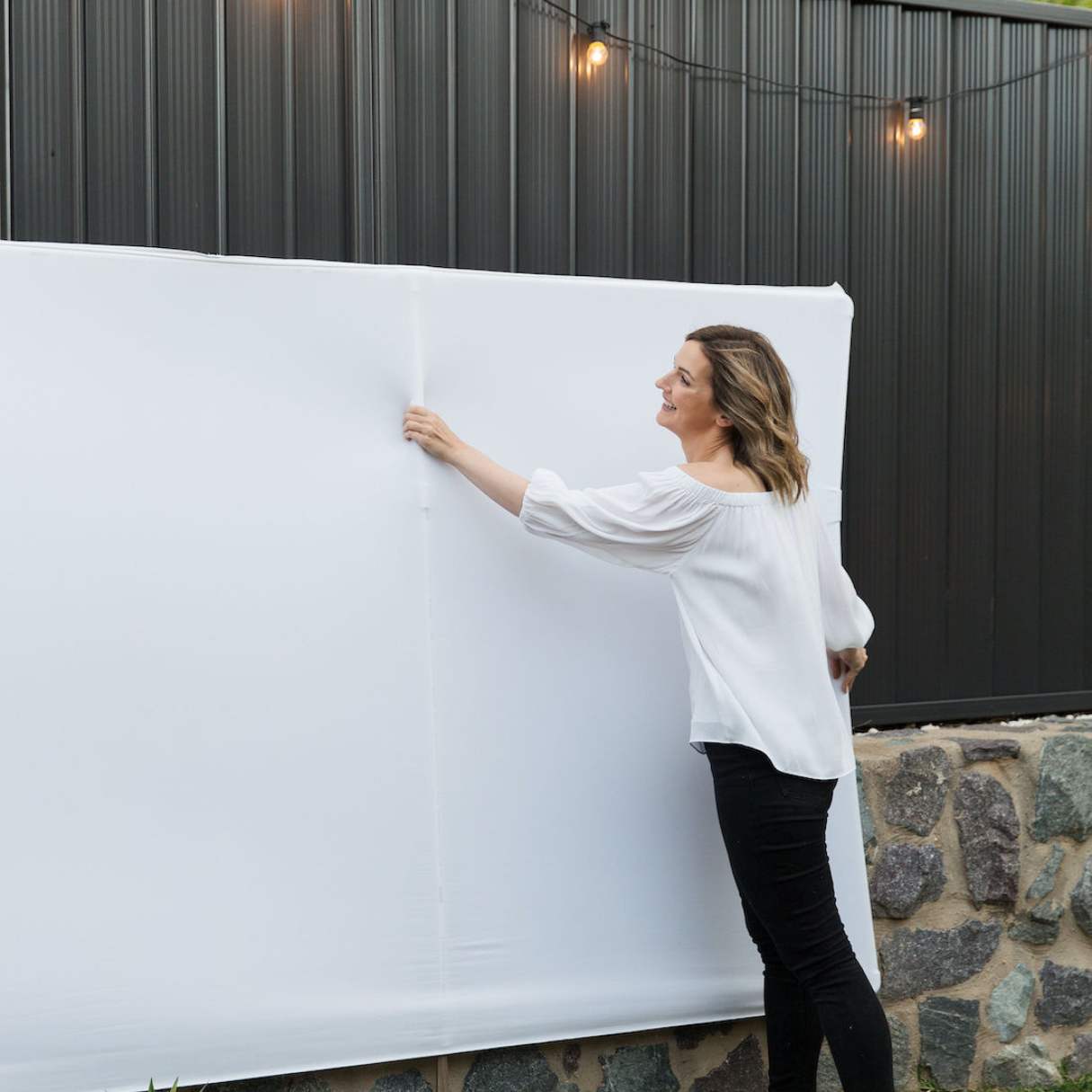


0 thoughts on “How To Choose A Projector Screen”